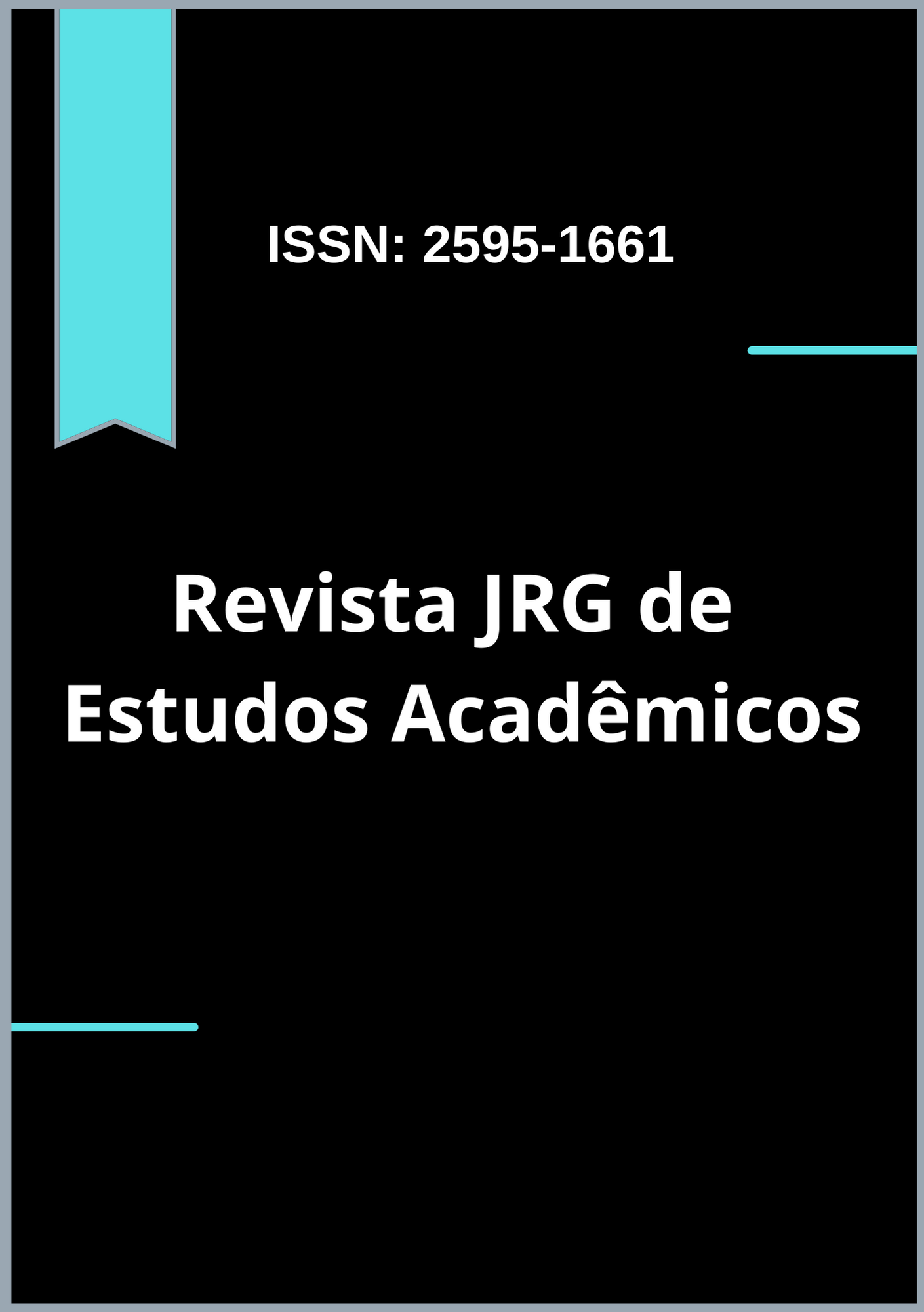Proposal for an analytical methodology for the determination of Arsenic and Selenium in sodium saccharin dihydrate by the HG-ICP OES technique
DOI:
https://doi.org/10.5281/zenodo.8028618Keywords:
Geração de hidretos, impurezas elementares, sacarina sódica, icp oes, método analítico, controle de qualidade, medicamentosAbstract
Interest in the determination of elemental impurities in pharmaceuticals has increased in recent years due to changes in regulatory requirements and the need to update current limit tests recommended in pharmacopoeias. Inductively coupled plasma optical emission spectrometry (ICP) is a suitable alternative for multielement analysis. The objective of this article is to harmonize the analysis implemented by the manufacturer and the pharmaceutical industry for the quality control of the raw material saccharin sodium dihydrate; through the development of an analytical methodology in the hydride generation technique by ICP OES quantifying Arsenic (As) and Selenium (Se) in the study matrix. It was necessary to use different analyte reduction steps to form the respective volatile hydrides. For this reason, it was decided to carry out the analyzes separately. For As, the reaction was carried out in an acid medium, using potassium iodide and ascorbic acid, while for Se, the reduction of Se+6 to Se+4 was carried out by heating in an acid medium. Results were obtained for Precision and Accuracy within the acceptance criteria described by USP<730>, thus the test proved to be promising, presenting a relative standard deviation of 2.0% and 2.6%, for As and Se respectively, and the linearity expressed correlation coefficient of 0.99. In future studies, it is intended to continue the analytical validation phase, which will be evaluated by the parameters described in RDC 166/2017, meeting the requirements established by current legislation and other international guidelines.
Downloads
References
ATSDR. Toxicological profile for selenium. Agency for Toxic Substances and Disease Registry, Public Health Service, U.S. Department of Health and Human Services, Atlanta, GA. 2003
ATSDR. Toxicological profile for arsenic. Agency for Toxic Substances and Disease Registry, Public Health Service, U.S. Department of Health and Human Services, Atlanta, GA. 2007.
BORGES, ELISA MOURA. Metodologia para determinação de arsênio, antimônio e bismuto por espectrometria de emissão óptica com fonte de plasma acoplado indutivamente (icpoes) e geração de hidretos aplicada à rochas. 2005. 86 f. Dissertação (Mestrado) - Universidade Estadual Paulista - USP, Rio Claro, 2005.
BRASIL. Ministério da Saúde. Agência Nacional de Vigilância Sanitária. RDC nº 166 de 24 de julho de 2017.
GUILLEM-LLOBAT X. Defining, regulating and using saccharin at the outset of the industrial food era (1888-1914). Appetite. 2012 Dec;59(3):905-11. doi: 10.1016/j.appet.2012.09.003. Epub 2012 Sep 8. PMID: 22967818.
IARC. Arsenic, metals, fibres, and dusts: a review of human carcinogens. Monographs on the Evaluation of Carcinogenic Risks to Humans. International Agency for Research on Cancer, World Health Organization, Lyon. 2012;100C.
INTERNATIONAL CONFERENCE ON HARMONISATION OF TECHNICAL REQUIREMENTS FOR REGISTRATION OF PHARMACEUTICALS FOR HUMAN USE. ICH. Final Concept Paper Q3D: Impurities: Guideline for elemental impurities. 2009. Disponível em: https://database.ich.org/sites/default/files/Q3D%20Concept%20Paper.pdf.Acesso: 18 de março, 2023.
INTERNATIONAL CONFERENCE ON HARMONISATION OF TECHNICAL REQUIREMENTS FOR REGISTRATION OF PHARMACEUTICALS FOR HUMAN USE. ICH guideline Q3D (R2) on elemental impurities. EMA/CHMP/ICH/353369/2013. 2022. Disponível em: https://www.ema.europa.eu/documents/scientific-guideline/international-conference-harmonisation-technical-requirements-registration-pharmaceuticals-human-use_en-16.pdf Acesso: 18 de março, 2023.
MANDAL BK, SUZUKI KT. Arsenic around the world: a review. Talanta 2002; 58:201–35.PMID: 18968746.
PATACA, L. C. M.; BORTOLETO, G. G.; BUENO, M. I. M. S. Determinação de arsênio em águas contaminadas usando fluorescências de raios-X por energia dispersiva. Quim. Nova. Vol. 28. nov. 4 pág. 579-582. 2005.
PINHEIRO, FC, BARROS, AI, NÓBREGA, JA. Evaluation of dilute-and-shoot procedure for determination of inorganic impurities in liquid pharmaceutical samples by ICP OES. Microchemical Journal 146. 948–956. 2019.
POHL, P.; BIELAWSKA-POHL, A. DZIMITROWICZ, A.; JAMROZ, P. & WELNA, M. “Impact and practicability of recently introduced requirements on elemental impurities”. TrAC Trends Anal. Chem.,101: 43-55, 2018.
POTES, MARIANA DA LUZ. Desenvolvimento de métodos analíticos para a determinação de mercúrio e selênio utilizando técnicas de geração de vapor acopladas à espectrometria de absorção atômica com forno de grafite. 120 f. Dissertação (Doutorado) - Universidade Federal do Rio Grande do Sul, Porto Alegre 2018.
RIBEIRO, T. R.; PIROLLA, N. F. F. NASCIMENTO-JÚNIOR, N. M. Adoçantes Artificiais e Naturais: Propriedades Químicas e Biológicas, Processos de Produção e Potenciais Efeitos Nocivos. Rev. Virtual Quim., 12 (5), 1278-1318. ISSN 1984-6835. 2020.
SANTOS, GREICE MAGALHÃES. Quantificação de As inorgânico em alimentos derivados de arroz mediante geração de hidretos e espectrometria de absorção atômica. 82 f. Dissertação (Mestrado) - Universidade Federal do Rio grande do Sul, 2016.
SERBAN, ECATERINA ANCA; VASILE, GABRIELA; GALAON, TOMA; ENE, CORINA; PASCU, LUOANA FLORENTINA. HG-ICP-OES Technique, a Useful Tool for Arsenic Determination in Soft Water. Revist Chimie, vol. 71, n. 7, p. 379-390, julho. 2020.
THE UNITED STATES PHARMACOPEIA CONVENTION, THE UNITED STATES PHARMACOPEIA, 35a edição, USP, Rockville, Maryland, 2012 (Heavy Metals pág 145).
THE UNITED STATES PHARMACOPEIAL CONVENTION. USP. Saccharin Sodium. Stage 6. Harmonization Official. May 1, 2016. Disponível em: https://www.uspnf.com/sites/default/files/usp_pdf/EN/USPNF/usp-nf-notices/m74200.pdf Acesso em 05 de fevereiro de 2023.
THE UNITED STATES PHARMACOPEIAL CONVENTION. USP. 41. <730> Plasma Spectrochemistry, Rockville. U.S. Pharmacopeia. 2022. [Online]. Available: DocID: GUID-0547F508-697A-44F4-B2B0-C9C79A294503_2_en-US.
US EPA. Selenium and compounds (CAS No. 7782-49-2). Integrated Risk. Information System (IRIS).2002.
WELNA, M., SZYMCZYCHA-MADEJA, A. & POHL, P. Improvement of Determination of Trace Amounts of Arsenic and Selenium in Slim Coffee Products by HG-ICP-OES. Food Anal. Methods 7, 1016–1023. 2014.
WHITEHOUSE, C. R; BOULLATA, J.; MCCAULEY, L. A. The Potencial Toxicity of Artificial Sweeteners. American Association of Occupational Health. Nurses 2008, 56, 251.
WHO. Arsenic in drinking-water. Background document of development of WHO Guidelines for Drinking-water quality. World Health Organization, Geneva. 2011. WHO/SDE/WSH/03.04/75/Rev/1.
WHO. Selenium in Drinking-water; Background document for development of WHO Guidelines for Drinking-water Quality. World Health Organization, Geneva. 2011. WHO/HSE/WSH/10.01/14.











































